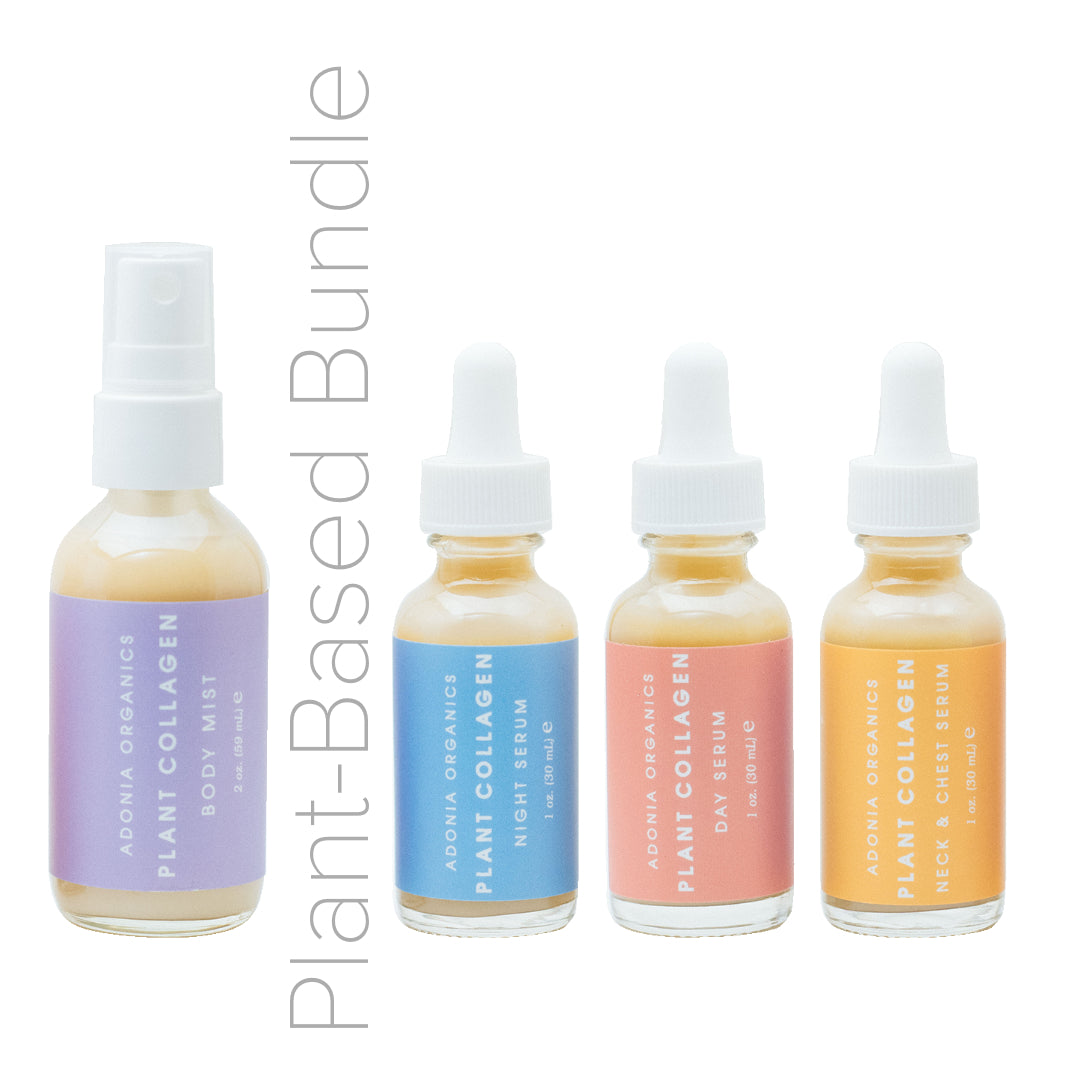
Clean vs. Chemical Ingredients Explained Simply
When it comes to aging skin, the beauty aisle is packed with promises—from high-tech synthetic moisturizers to naturally derived stem cell serums. But which is better for smoothing fine lines, firming sagging areas, and giving your skin that healthy, youthful bounce? If you’ve ever stood in front of a bathroom mirror wondering whether to trust nature or science, this guide is for you.
Let’s break down the differences between plant stem cells and synthetic moisturizers, what each one does, and why clean vs. chemical isn’t as black-and-white as it sounds.
What Are Plant Stem Cells, Really?

No, they don’t turn your skin into a leafy green. But they do work wonders for your skin’s natural repair system.
Plant stem cells are undifferentiated cells found in the roots, leaves, and flowers of certain plants. These cells have the remarkable ability to regenerate themselves—think of them as nature’s version of a reset button.
In skincare, plant stem cells are usually extracted and stabilized into serums or creams. They’re packed with antioxidants, peptides, and amino acids that help protect skin cells, stimulate collagen, and reduce the damage caused by UV rays and pollution.
Popular plants used in skincare stem cells include:
- Edelweiss: Resilient and full of antioxidants.
- Argan: Known for protecting elasticity and firming.
- Grape: High in resveratrol, which fights oxidative stress.
- Apple (Uttwiler Spätlauber): Famous for extending skin cell longevity.
What Are Synthetic Moisturizers?

These are lab-created creams, lotions, and serums designed to hydrate and improve skin texture. Many popular drugstore and department store brands rely on synthetic ingredients to deliver immediate results.
Some common synthetic moisturizing ingredients include:
- Silicones (like dimethicone): Smooth over skin, giving a silky texture.
- Petrolatum: Locks in moisture and prevents water loss.
- Parabens: Preservatives that extend shelf life.
- Synthetic fragrances and dyes: Added for scent and visual appeal.
These products are often made for mass use and designed for fast absorption, instant softness, and a “plumped-up” appearance. But that glow can be deceiving.
Clean vs. Chemical: What’s the Real Difference?

Here’s the truth: Everything is technically a chemical. Water is a chemical. So is vitamin C. So the clean vs. chemical debate isn’t about whether an ingredient has a scientific name—it’s about how it interacts with your skin.
Clean Beauty:
- Uses plant-based or naturally derived ingredients.
- Avoids common irritants like parabens, sulfates, phthalates, and artificial fragrances.
- Is often better for sensitive or aging skin that reacts to harsh additives.
- Focuses on long-term skin health over instant (but temporary) results.
Chemical-Based Products:
- May offer fast-acting effects, like a sudden smoothing of lines or filling of wrinkles.
- Can be effective in low doses, but may also include preservatives, alcohols, or irritants that disrupt the skin barrier over time.
- Tend to emphasize appearance over skin function, masking symptoms instead of addressing root causes.
Why Aging Skin Needs More than Just Moisture

As we age, our skin naturally produces less collagen, elastin, and hyaluronic acid—three things that keep skin firm, bouncy, and hydrated. While synthetic moisturizers often rely on occlusives (ingredients that trap moisture), they may not support your skin’s own regeneration process.
Plant stem cells, on the other hand, are like personal trainers for your skin cells. They don’t just moisturize—they encourage your skin to repair, rebuild, and renew itself.
How Plant Stem Cells Work on Aging Skin
- Cell Communication: Plant stem cells release signaling molecules that tell your skin to start healing and boosting collagen.
- Antioxidant Protection: They neutralize free radicals caused by UV rays, pollution, and stress—which accelerate wrinkles and dark spots.
- Increased Longevity: Some stem cells (like from Swiss apples) have been shown to extend the life of human skin cells in lab studies.
- Improved Elasticity: They support elastin and collagen, which firm up sagging skin.
How Synthetic Moisturizers Work
- Surface Hydration: Most synthetic creams focus on trapping water on the skin’s surface to temporarily plump fine lines.
- Barrier Protection: Occlusive agents prevent moisture loss but don’t necessarily add hydration.
- Instant Gratification: You’ll feel soft and smooth within seconds, but that effect may fade once the product wears off.
- Can Clog Pores or Irritate: Some synthetic ingredients can cause breakouts or dryness in sensitive or aging skin types.
Best of Both Worlds?

If you’re a fan of both technology and nature (hey, who isn’t?), look for hybrid products that use plant-based actives and clean science to deliver results without the harsh side effects.
For example, a clean-beauty serum that combines plant stem cells with hyaluronic acid (a skin-identical humectant) can hydrate deeply while improving firmness. Look for labels that say:
- "Botanical Extracts"
- "Free from parabens, phthalates, and sulfates"
- "Clinically proven plant stem cell technology"
- "Organic" or "Eco-certified" ingredients
Conclusion: Which One Should You Choose?
If you want long-term skin health, improved firmness, and fewer wrinkles from the inside out, plant stem cells are the better choice. They’re nature’s answer to regenerative skincare.
If you're just looking for a quick glow or a soft surface before makeup, a synthetic moisturizer might do the trick—but don’t rely on it alone for lasting results.
Bottom line? Your skin deserves more than a surface fix. It deserves real, clean nourishment that supports how it functions and how it ages. And in that case, plant stem cells aren’t just trendy—they’re transformative.
Pro Tip:
When trying a new plant stem cell product, give it at least four weeks to see visible improvements. True cellular support takes time—but it’s worth the wait.
Want to try a plant-powered moisturizer designed to lift, firm, and glow without the chemicals? Explore our clean beauty collection here—where science meets the strength of nature.
